When I plan for a hike, the first things I check are the trail conditions and the weather as these will largely determine everything else about your hike, including what you should wear. Is it going to rain? Snow? Is the trail icy? Will you need cleats? These are all questions that a little pre-hike research can answer.
Assuming that you’ve figured out whether it’ll be sunny and warm or rainy and cold, there’s a few other points I’d advise heeding:
- Layers. Layers are an absolute must no matter where you are hiking or what time of year. As you progress along your hike, your body will change temperature, and it is much easier to adjust gradually if you can peal a layer off or throw a layer on rather than having to rapidly adjust if you only wore a large coat and a t-shirt, for instance. For example, if it’s going to be in the thirties, I’ll wear an Under Armor tight fitting shirt and boxer briefs as my under layer, then jeans or warm pants and a t-shirt, then a lightweight fleece, followed lastly by a light windbreaker/rain jacket that is lightweight and easily stowable. If the hike is going to be warmer, I’ll still likely have my undershirt and briefs, but I’ll trend towards layers and convertible clothing (more below) that can be added on as temperatures decrease during the ascent.
- Insulation. As you may have noted, I mentioned multiple light or lightweight options. Having the biggest, poofiest jacket may be great in your day-to-day travels (I get it, trust me, I love my parka) but will prove to be a nuisance when hiking. You don’t need heavy, all-in-one options if you layer properly, as your layers will serve the purpose of the single clothing item. That being said, choose your insulation accordingly.
- Weather proof outer layer. Your outer layer should have some sort of weather-proofing aspect that retains heat and protects against light elements (unless you’re snowshoeing or hiking in crazy heat, in which case, adjust accordingly). Your middle layer should have some sort of heat retention and be thicker than your inner layers.
- Avoid cotton, especially when it comes to inner layers. Avoid cotton in your underwear and undershirt at the very least as it absorbs moisture which means if it is cold out and you’re sweating, that moisture will chill and stay chilled which can be uncomfortable and dangerous if you don’t have the ability to dry off and warm up.
- Convertible clothing options. While they may not be the most stylish options, clothing that can convert based on your needs is great when hiking. It’s much easier to unzip the bottom half of your pants when you’re hot than it is to take off your pants layer. Similarly, if it gets cold,r quickly being able to zip together two layers or reconnect your pants to your shorts makes for easy temperature adjustments.
- Wear the right shoes. Even if you don’t have the world’s best hiking boots, choose an option that has traction and support. Unless you know it’s an easy hike, thin soles and sandals can quickly become an issue.
- Plan to get dirty. Yes, you can invest in your outdoor gear and feel comfortable in what you’re wearing, but you have to remember that, at the end of the day, your gear is designed to do one thing: help you weather whatever nature may throw at you. That means that it’s likely going to get dirty, scuffed, scratched and potentially soaked. Sometimes it pays to have dedicated hiking clothing.
No one wants to be cold, wet, hot or otherwise uncomfortable during their journey. There are plenty of other tips for how to dress for a hike but these are my go-to pieces of advice when I take crews out into the wilderness. Making sure you and your group are prepared in advance of the hike will make the outing that much more enjoyable for everyone.

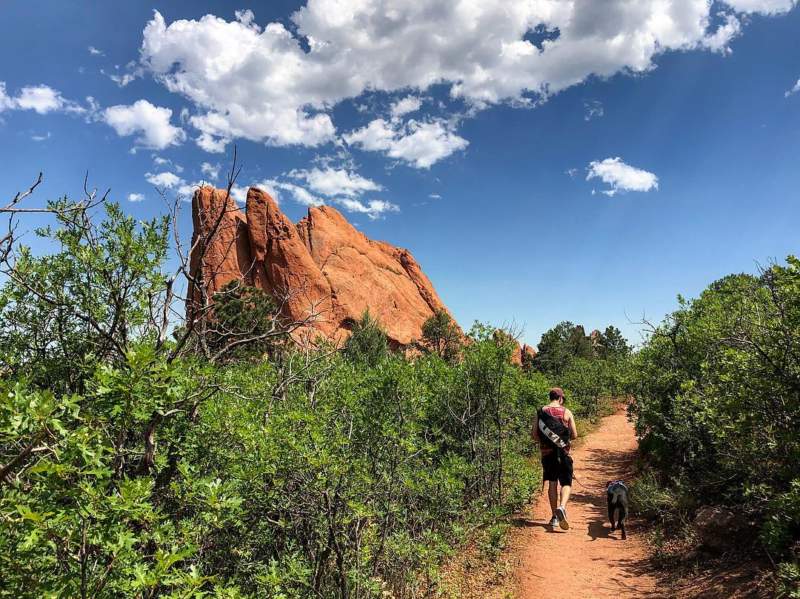
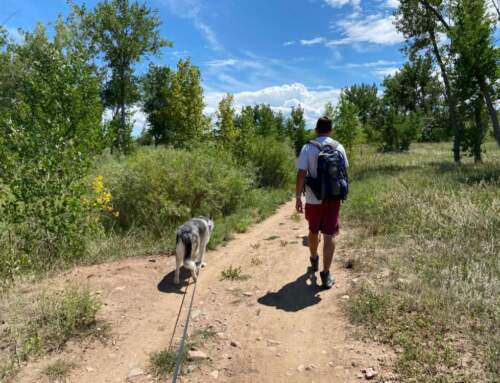
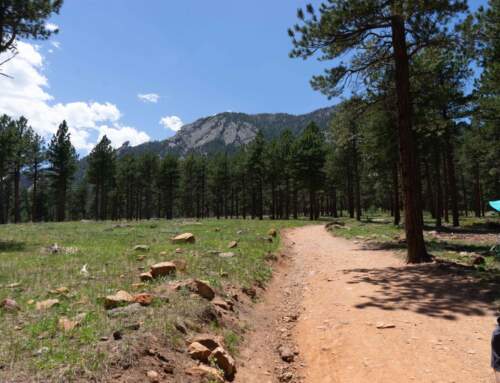
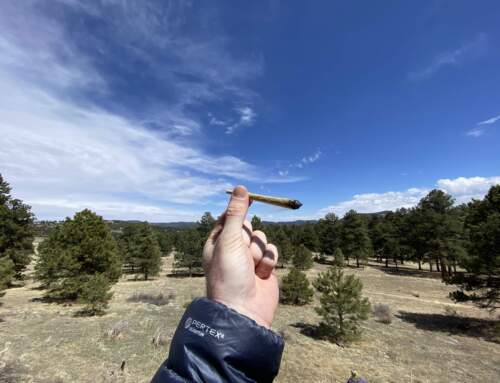

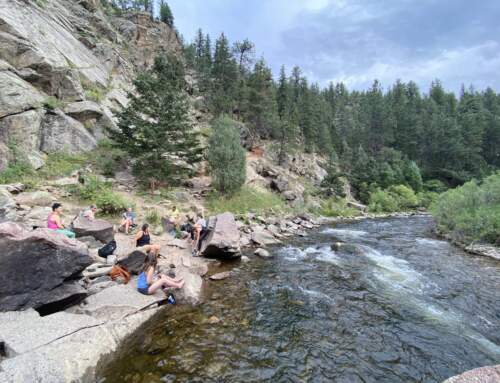
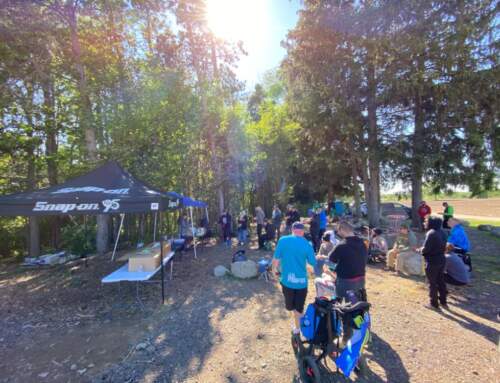
Leave A Comment